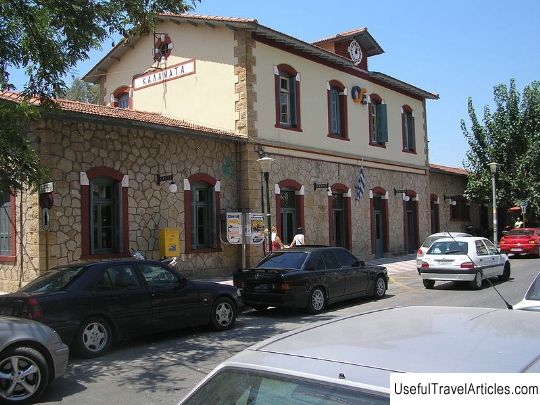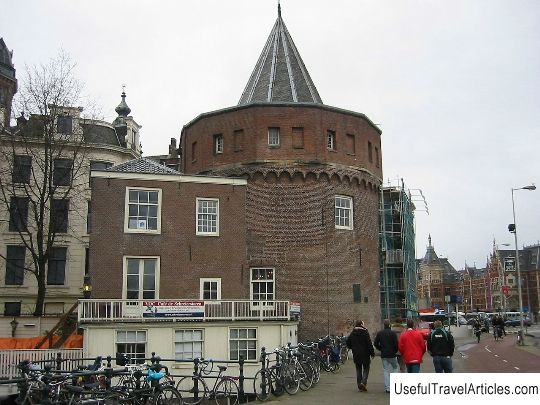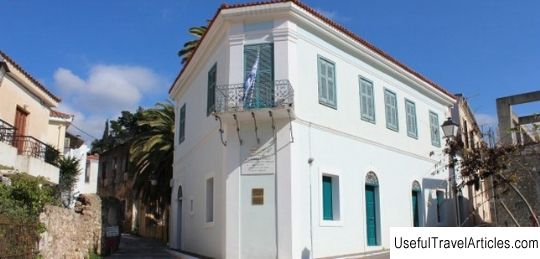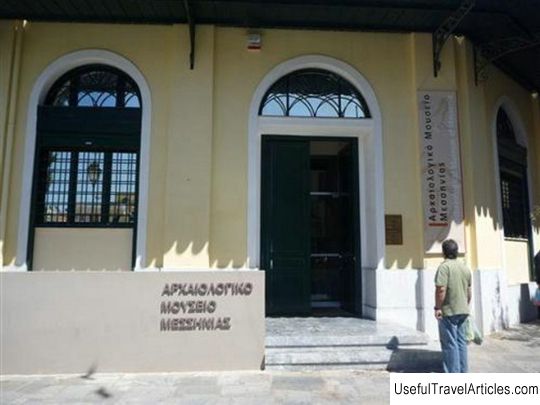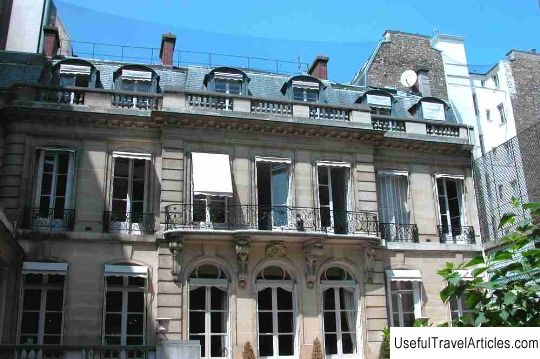The ruins of the castle of Kalamata (Castle Kalamata) description and photos - Greece: Kalamata
Rating: 8,1/10 (3849 votes) 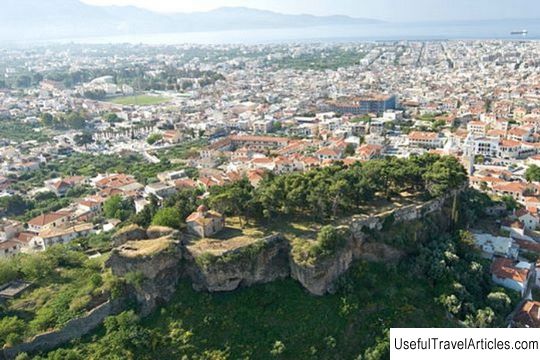
Ruins of the Castle Kalamata description and photos - Greece: Kalamata. Detailed information about the attraction. Description, photographs and a map showing the nearest significant objects. The name in English is Castle Kalamata. Photo and descriptionIn the northwestern part of the Greek city of Kalamata, on top of a picturesque rocky hill, there is one of the main local attractions - Kalamata Castle. The old castle, or rather its ruins, is a pretty good example of medieval fortification architecture and is an important historical monument. However, it is worth climbing the hill just to enjoy the stunning panoramic views from its top. Historians believe that it was on the hill where today the ruins of Kalamata castle lie that the town mentioned in In the Homeric Iliad, the ancient city "Farai" is one of the seven cities that the legendary Mycenaean king Agamemnon promised to angry Achilles as a sign of reconciliation. The results of archaeological excavations have shown that a small fortified settlement on the hill also existed in the early and middle Byzantine period. True, practically nothing is known about this period of history. Local legend says that the church built here in the Byzantine era was consecrated in honor of the Virgin Mary, and the icon of the Virgin Mary kept in the church was named "Kalomata", which means "beautiful eyes". Over time, "Kalomata" was transformed into "Kalamata" and gave its name to the city. At the beginning of the 13th century, after the end of the Fourth Crusade and the fall of Constantinople, the Peloponnese came under the rule of the crusaders who founded the Principality of Achaea (the Principality of Morea ). In 1209, the French knight Geoffroy de Villardouin became prince of Achaea, by whose order a castle was built on the foundations of an old Byzantine fortress - the Villardouin family nest, the ruins of which we can see today. It was here that one of the most famous rulers of the Achaean principality, Guillaume II of Villardouin, was born. In 1459 the castle was conquered by the Turks, but already in 1464 came under the control of the Venetians. For the next several centuries, the Turks and Venetians dominated the castle alternately. Above the entrance to the castle, you can still see a bas-relief depicting the lion of St. Mark - the main symbol of the Venetian Republic. In the 18th century, the castle was abandoned and eventually turned into ruins.      We also recommend reading Urho Kekkosen kansallispuisto National Park description and photos - Finland: Saariselka - Ivalo - Inari Topic: The ruins of the castle of Kalamata (Castle Kalamata) description and photos - Greece: Kalamata. |
